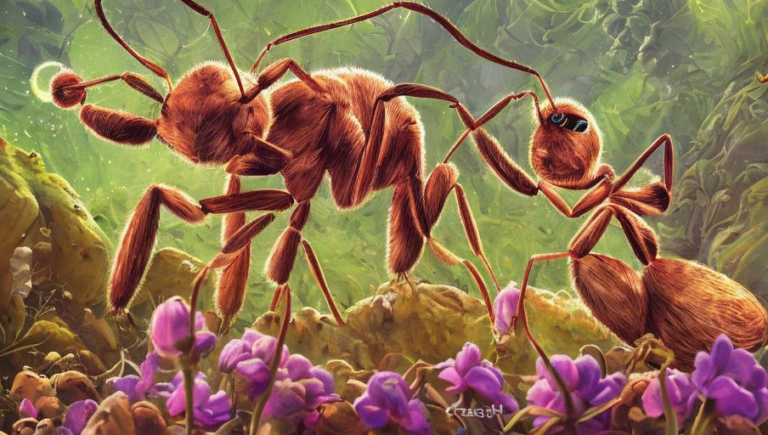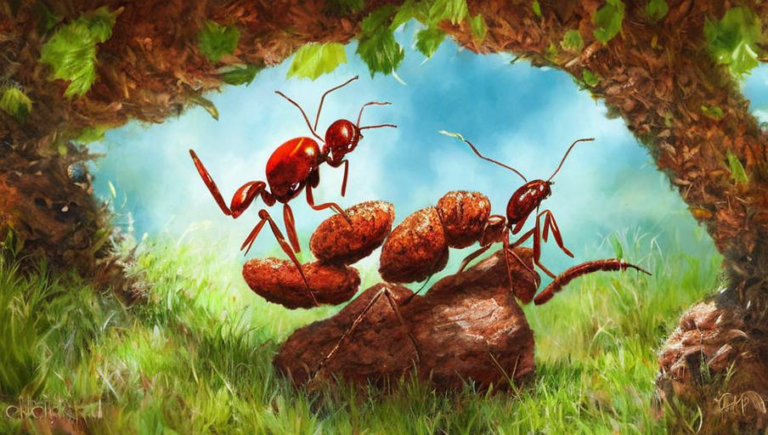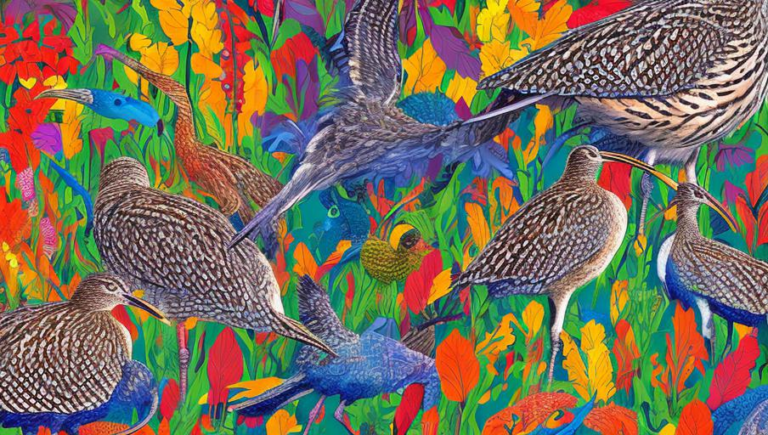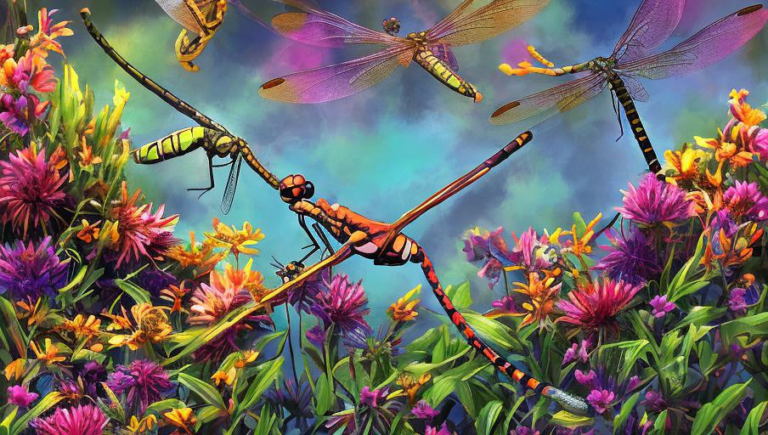Aardvarks in Captivity: Challenges and Opportunities

Introduction
The aardvark is one of the most mysterious creatures in the animal kingdom. It is a mammal native to Africa, living in underground burrows and subsisting on a diet of insects. Aardvarks have long been kept in captivity, but due to their shy and solitary nature, it can be difficult to care for them properly. This article will explore the challenges and opportunities of keeping aardvarks in captivity and how to ensure their health and wellbeing.
Habitat
Aardvarks are nocturnal animals, so they need a dark and quiet space to rest during the day. In captivity, this means providing them with an enclosure that is dark, secure, and spacious. The enclosure should also provide the aardvark with an opportunity to dig and burrow, as this is an important part of their natural behavior. During the day, the aardvark should be able to rest in a cool, dark area and at night they will be active, roaming and foraging for their food.
Diet
Aardvarks are insectivores and in the wild they will feed on a variety of insects, including ants and termites. In captivity, they should be provided with a diet of high-quality insectivore pellets, supplemented with fresh fruits, vegetables, and insects. It is important to provide a balanced diet, as aardvarks are prone to nutritional deficiencies if not fed properly. Additionally, it is important to remember that aardvarks should not be fed too much, as they are prone to obesity.
Socialization
Aardvarks are solitary animals, so they do not need contact with other aardvarks. In fact, it could be detrimental to their health if they are forced to interact with other aardvarks. However, it is important for them to have contact with humans. They should be handled gently, as they can become aggressive if disturbed or threatened. Additionally, it is important to provide them with enrichment activities, such as climbing structures, digging materials, and toys to keep them active and engaged.
Health Care
Aardvarks in captivity should be regularly checked for health issues, such as parasites, dental problems, and obesity. They should also be provided with regular veterinary care, including vaccinations, deworming, and dental care. Additionally, their enclosure should be regularly cleaned and disinfected to prevent the spread of disease.
Conclusion
Keeping aardvarks in captivity can be a rewarding experience, but it requires dedication and knowledge. Aardvarks need a safe and secure enclosure with plenty of room to burrow and explore. They should be provided with a balanced diet and regular veterinary care. Additionally, they need to be handled gently and given enrichment activities to keep them active and engaged. With proper care, aardvarks can have a long and healthy life in captivity.





